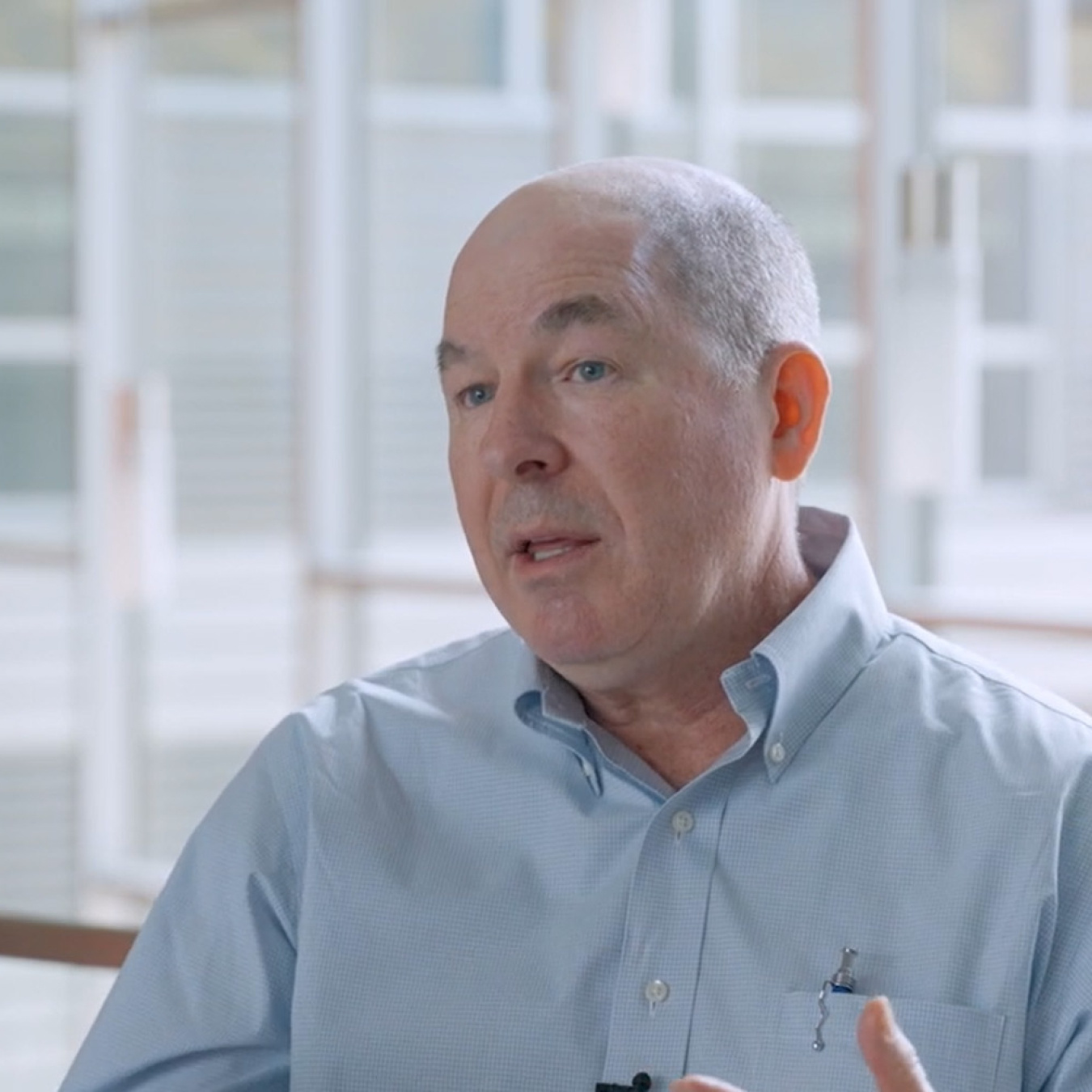Video covers deep energy retrofits achieved through a $45 million energy savings performance contract designed to reduce energy consumption by 60%.
Federal Energy Management Program
October 4, 2018The U.S. General Services Administration (GSA) implemented a comprehensive energy savings performance contract (ESPC) at the New Carrollton Federal Building in Lanham, Maryland.
GSA worked with the Federal Energy Management Program (FEMP) and energy service company Ameresco to implement a $45 million ESPC contract. The result: 60%-energy and 56%-water reductions, estimated to reduce emissions by 20,000 metric tons and save $2.5 million annually.
Narrator: As landlord for the civilian federal government, GSA's goals are to provide high-performance and sustainable workplaces. GSA met and exceeded these goals for its IRS agency customer through a comprehensive Energy Savings Performance Contract at the New Carrollton Federal Building in Lanham, Maryland.
The ESPC was implemented as part of GSA's National Deep Energy Retrofit Program, a program to find deep energy savings at GSA-owned buildings. GSA worked with FEMP and energy service company Ameresco to implement a $45 million ESPC contract. The result: 60%-energy and 56%-water reductions, estimated to reduce greenhouse gas emissions by 20,000 metric tons and save $2.5 million annually.
Richard Hamilton: My name is Rick Hamilton I am the GSA project manager for the National Capital Region for the IRS New Carrollton Energy Saving Performance Contract.
I didn't know much about energy saving performance contracts at the beginning, so I had to…took some training from FEMP, had to do a lot of studying of what the ECMs were. There's a National Deep Energy Retrofit Project that was run from central office—all the regions participated in it.
GSA National Capital Region selected two of the buildings that had energy issues, and included them into this project. The goal was to go as deep as you can within the 25-year limit, payback limit, to do as much work as you can. So we pushed it out to the extreme edge, doing things we may not normally have done otherwise.
Narrator: The ESPC included many load reduction and energy conservation measures, including installation of new doors, storm windows, and roofing. It also included photovoltaics and a rain garden for storm water management.
The three largest ECMs, however, included extensive lighting and controls upgrades, the integration of a geothermal well field with high efficiency chillers, and integrated building automation systems. The team first established a reliable baseline.
Richard Hamilton: Using the latest DOE energy modeling tools, the team calibrated retrofit options directly to utility bills and found large load reductions through building infrastructure improvements.
Narrator: After the energy modeling was complete, GSA implemented a facility-wide lighting retrofit. More than 11,000 light fixtures were upgraded, including LED's controlled by a new network of 2,000 occupancy sensors that detect motion and ambient light.
Richard Hamilton: This is an occupancy sensor in the ceiling it senses whether anybody is present in the space, which will turn the lights on and off, and will also communicate with the building automation system, and the temperatures will vary according to occupancy.
Narrator: The old lighting system was replaced with an open protocol, digitally addressable lighting system—or DALI System.
Richard Hamilton: Here we are looking at an entire floor of the building on the lighting control panel. We can zoom into a particular part of the floor to get a closer look. We can click on each individual light to see information on that light, and we can also click on a sensor to see the lights that are connected to that sensor to see how they’re working too.
Narrator: GSA realized $1.3 million in utility rebates from the lighting upgrade. The old electric HVAC system was replaced with a new system comprised of three integrated components: a geothermal heat rejection loop, an exhaust-heat recovery system, and new high efficiency chillers.
With the Building Automation System, the new HVAC system heats and cools spaces based on occupancy levels, and a new central chilled water plant incorporates a geothermal well field for heat rejection during the summer and heat recovery in the winter, increasing the chillers' efficiency, while decreasing water consumption.
Part of the retrofit on the chilled water plant included installing 189 geo-thermal wells 350 feet deep in the parking lot adjacent to the building. There are two parts within the heat recovery system on the roof. One of them is the heat recovery system that captures energy from the exhaust system in the building, and the second is the heater/chiller system, which supplies hot and cold water to the air handler.
Richard Hamilton: We're here in the chilled water plant at the IRS building at New Carrollton. One of the major ECM's that we accomplished was replacing the three chillers—1,100-ton chillers with three new 700-ton chillers.
Narrator: Two of the chillers provide the cooling for the building. The third chiller is a chiller/heater, which provides heating to the incoming air on the roof of the building.
HVAC and lighting systems were integrated through smart energy controls—critical to achieving deep energy savings. The old pneumatic system was replaced by a digitally controlled system that improved performance in the building and comfort for the customers.
The deep energy retrofit ESPC also incorporated renewable and sustainable features. An 800-kilowatt solar parking structure is located at the north parking lot and a 67-kilowatt PV canopy at the south lot.
Richard Hamilton: We installed a solar thermal system on the roof that exchanges the energy from the roof with a heat exchanger to heat the domestic hot water for the kitchen.
Narrator: A meter records the BTUs produced by the solar thermal system. There is also a rain garden for storm water management. It allows GSA to keep the rainwater on-site. The water rises to a certain level, but generally never flows above the drain structure.
Because the building is continuously occupied, work had to be scheduled for minimal disruption to the IRS tenants and their mission-critical operations. GSA followed a detailed work schedule and discussed utility shutdowns, which had to be coordinated through the tenant.
Richard Hamilton: The most rewarding part of this project was to make all these major renovations to the project—mechanical, electrical systems—with an occupied building and have very little impact on the tenant.
Narrator: GSA's deep-energy retrofit approach—implemented through a comprehensive ESPC—yielded large energy savings and major building upgrades, without the need for congressional appropriations.
Take advantage of FEMP's ESPC project assistance and GSA's deep energy retrofit experience to achieve the same results at your site!
More Videos
-

- Energy Efficiency
- Buildings and Industry
- Buildings and Industry
- Buildings and Industry
August 9, 2024



